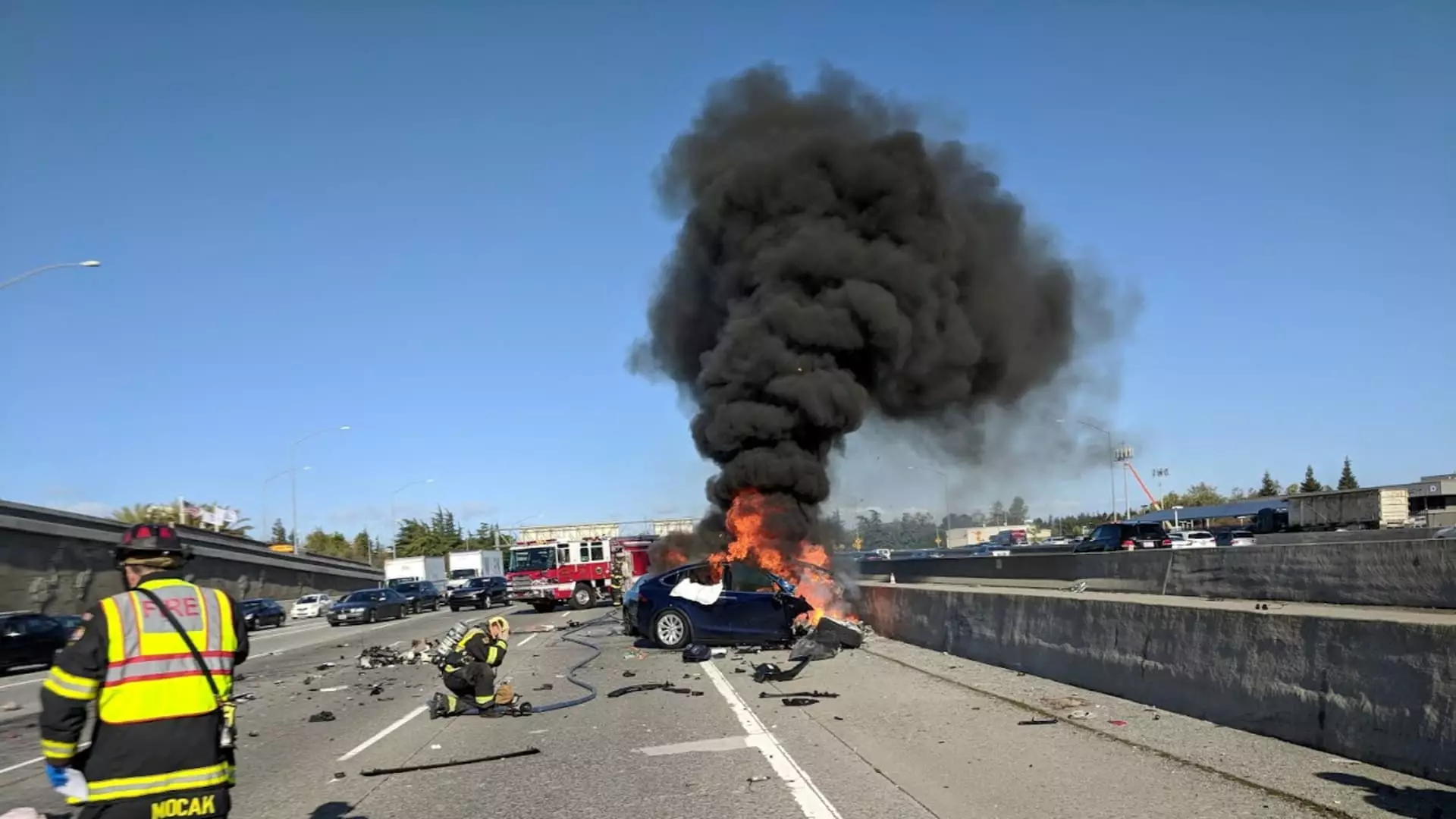In a tragic incident back in 2018, Walter Huang, an Apple engineer and father of two, lost his life after his Tesla Model X SUV, with Autopilot features activated, crashed into a highway barrier near Mountain View, California. The National Transportation Safety Board (NTSB) conducted an investigation and concluded that Tesla's technology played a role in the collision, along with potential driver distraction and issues with road infrastructure. Huang's family subsequently filed a wrongful death lawsuit against Tesla, focusing on alleged safety and design flaws in the company's driver assistance systems.
Tesla recently reached a settlement in the wrongful death lawsuit, just as the trial was about to commence in a California Superior Court. The agreement allows Tesla to avoid the public scrutiny of evidence and testimonies that would have arisen during the trial. The terms of the settlement remain confidential, as Tesla has filed to keep the amount undisclosed. The resolution of this case comes at a crucial time for Tesla, as the company's approach to safety and the effectiveness of its driver assistance systems have been called into question.
The NTSB's investigation revealed several critical factors that contributed to the fatal crash. It was noted that Tesla's forward collision warning system failed to alert Huang, and the automatic emergency braking system did not engage as his Model X accelerated into the barrier. Additionally, concerns were raised about the faded lane markings and the positioning of the crash attenuator along the highway, which may have also played a role in the collision. The agency believed that Huang had been distracted by a game on his phone prior to the crash.
In response to the claims made by Huang's family, Tesla's attorneys argued that Huang was an inattentive driver who was engaging in activities on his phone while the vehicle was in motion. The company emphasized that drivers utilizing Autopilot are still required to remain vigilant and ready to take control of the vehicle at any moment. Tesla executives and engineers were reported to have admitted to becoming complacent while using Autopilot features themselves, engaging in activities like reading emails and checking their phones while the system was active.
The wrongful death lawsuit and the subsequent settlement have raised concerns among potential customers and shareholders regarding Tesla's safety standards and the reliability of its driver assistance technology. Had the case gone to trial and Tesla been found liable for Huang's death, it could have set a precedent for future product liability lawsuits against the company. This development may have made it easier for other individuals to pursue legal action against Tesla in similar cases involving its vehicles and technology.
The resolution of the wrongful death lawsuit involving Walter Huang's tragic accident has brought attention to the complexities and responsibilities associated with the development and use of advanced driver assistance systems in vehicles. While Tesla has settled the case, the implications of this incident will continue to influence public perception and legal considerations surrounding autonomous driving technologies.

